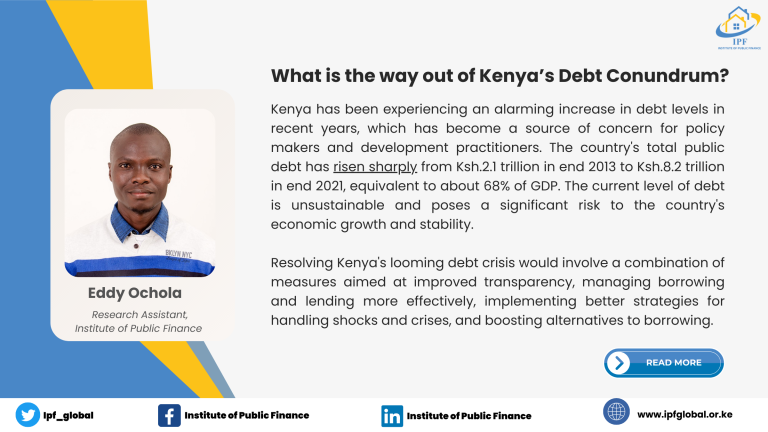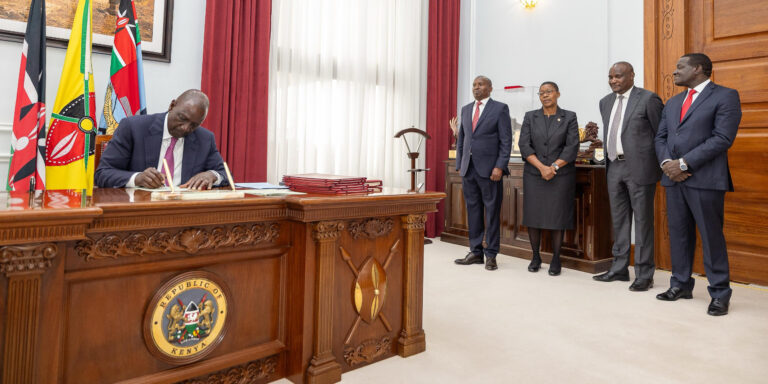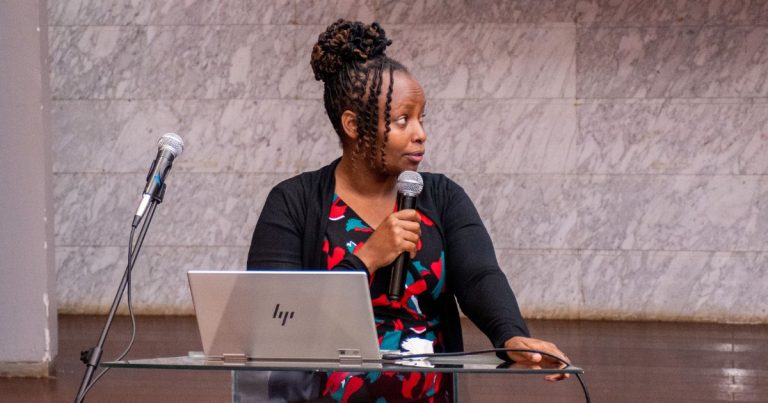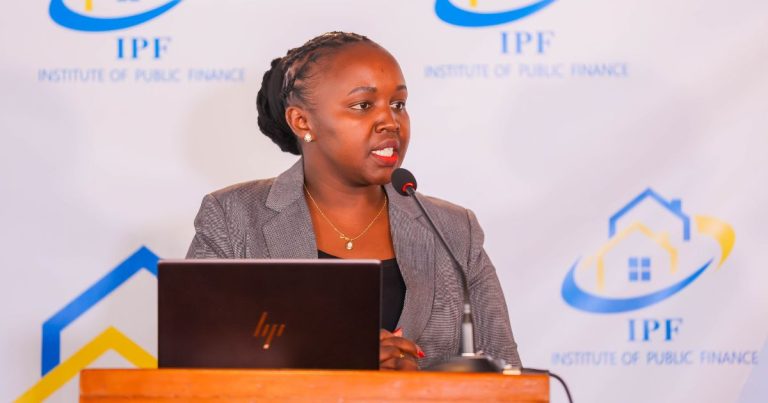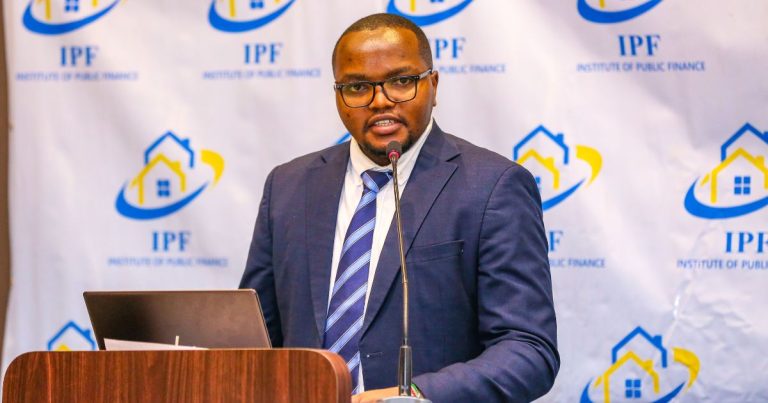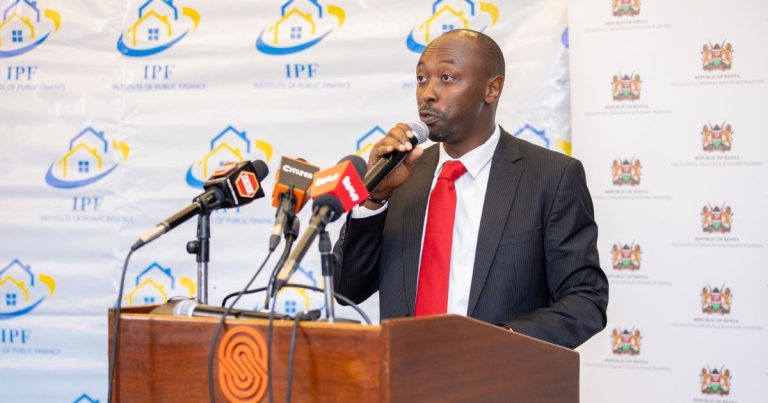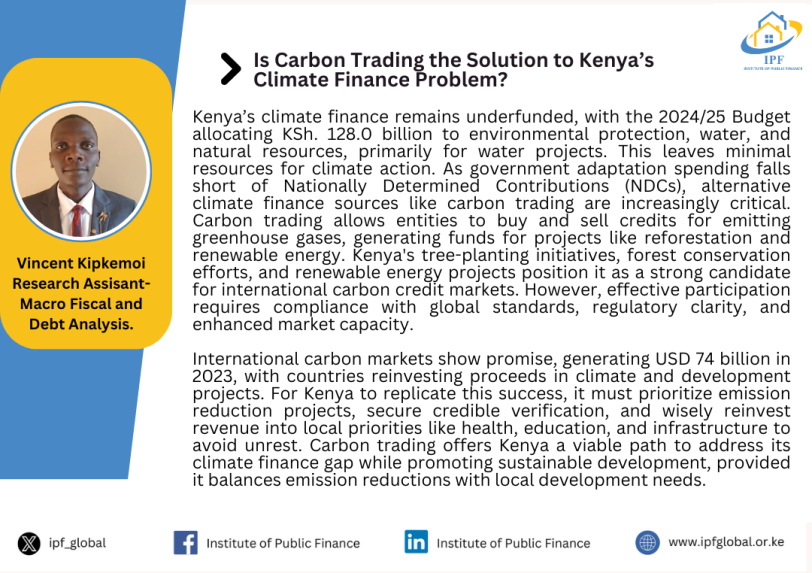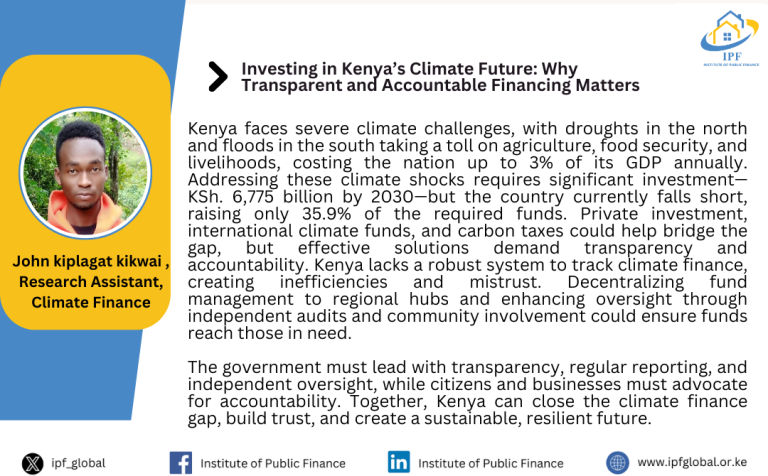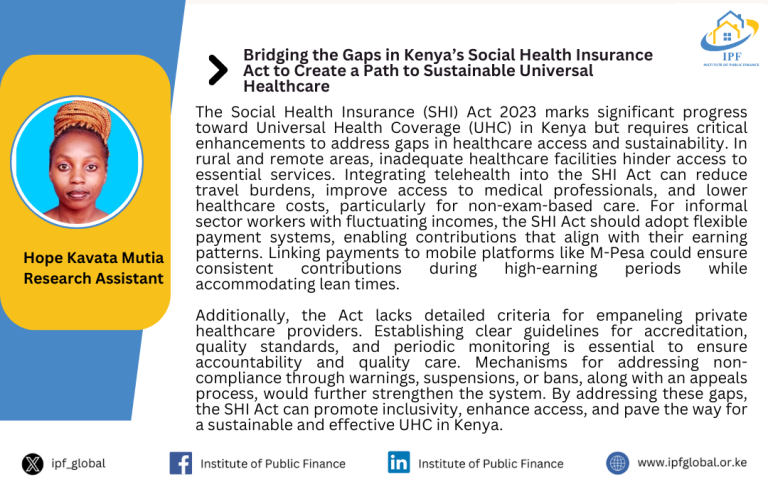Kenya has been experiencing an alarming increase in debt levels in recent years, which has become a source of concern for policy makers and development practitioners. The country’s total public debt has risen sharply from Ksh.2.1 trillion in end 2013 to Ksh.8.2 trillion in end 2021, equivalent to about 68% of GDP. The current level of debt is unsustainable and poses a significant risk to the country’s economic growth and stability.
Resolving Kenya’s looming debt crisis would involve a combination of measures aimed at improved transparency, managing borrowing and lending more effectively, implementing better strategies for handling shocks and crises, and boosting alternatives to borrowing.
Improve transparency of debt reporting
Without greater transparency, the real debt risks that Kenya faces remain obscured. Despite the National Treasury required under the law to publish a monthly public debt bulletin, the only information available is up to March 2023. Similarly, information on loan contracts remains scanty. In the case of the SGR deal for example, the government made public the particulars of the contract, but the details of the collateral put up against the loan that financed Kenya’s largest infrastructure project were conspicuously missing.
Establishing robust mechanisms for monitoring and reporting on public debt is crucial. Regular audits, transparency in loan contracts, and public disclosure of debt-related information can enhance accountability and discourage irresponsible borrowing and lending practices. The public disclosure of lending contracts would allow parliaments, journalists, and civil society organisations to examine them so as to hold the government accountable, and also allow other lenders to have the full information before making further loans.
Managing borrowing and lending more effectively
Despite Debt Sustainability Analysis (DSA) being critical in debt management as early warning systems of debt distress, Kenya has inadequate capacity to undertake such analysis. As a result, the DSAs currently in use are developed by the World Bank and IMF. However, the standardized approach adopted by the IMF has been criticized for not fully accounting for country specific characteristics and vulnerabilities. It is therefore critical to strengthen the capacity of institutions such as the Public Debt Management Office (PDMO) to undertake regular and comprehensive DSAs unique to the Kenyan context. This can be achieved in collaboration with international financial institutions, development partners and regional organizations.
Implementing better strategies for handling shocks and crises
Kenya is susceptible to external shocks arising from a huge chunk of external debt denominated in foreign currency. The country’s financial obligations increase as the shilling weaken against the currency the debt was issued in. It is necessary to explore alternative sources of finding that that are less susceptible to currency risk, such as concessional loans from international financial institutions or issuing debt in local currency. Concessional loans also attract lower interest rates with a longer repayment period than commercial loans.
Lenders should also be at the forefront in improving the borrowing options available to countries like Kenya. For instance, State Contingent Debt Instruments (SCDIs) can be valuable tools in managing public debt when offered by creditors. These instruments provide flexibility and risk-sharing mechanisms that align debt servicing obligations with a country’s economic performance, including pausing debt servicing when a country faces difficulties in repayment. For instance, several official creditors have extended loans with state contingent features (such as the Agence Française de Développement’s countercyclical loans where maturity and grace period has been extended by up to 5 years). Also, Sri Lanka’s private creditors(bondholders) are reported to be considering a proposal to swap defaulted bonds with new securities that would have cash flow linked to future GDP growth.
The flexibility of creditors and the international system is important. Resolving sovereign debt crisis through restructuring has been on the international radar and should be revived as the best solution. The IMF suggests creating a framework offering a debtor country legal protection from creditors that stand in the way of a necessary restructuring, in exchange for an obligation for the debtor to negotiate with its creditors in good faith and to put in place policies that would prevent a similar problem from arising in the future. This would encourage Kenya and its creditors to reach agreement of their own accord.
Boosting alternatives to borrowing
Kenya is currently under a 38-month IMF program aimed at enhancing fiscal consolidation. While this is a welcome move, tackling the use of offshore financial centres and financial secrecy (which allows for tax avoidance and evasion) remains key. It is estimated that the government has been losing an average of KES 40 billion every year through illicit financial flows since 2011. Addressing the problem of IFFs would play a significant role in improving the government’s fiscal position and reducing the reliance on borrowing. This could be achieved through enhanced inter-agency coordination, and promotion of financial transparency by implementing robust regulations on beneficial ownership disclosure, anti-money laundering measures, and combating tax evasion.
In conclusion, implementing these measures will help the country to reduce its debt burden, stimulate economic growth, and improve its financial standing in the international market. Fundamentally, preventing an impending debt distress is not the sole responsibility of Kenya as a borrower: Serious changes are urgently required on the part of creditors and the international system.
By Eddy Ochola – Research Assistant, Institute of Public Finance

